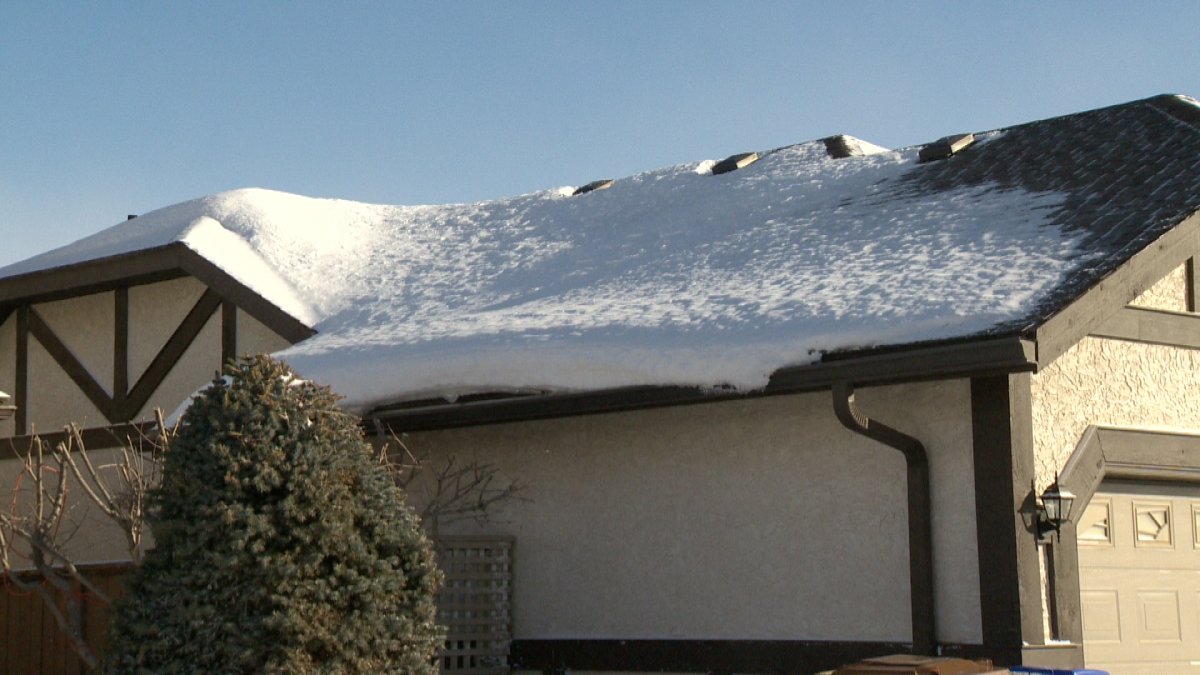REGINA – SGI is reminding homeowners to watch out for ice damming on roofs following 2013’s dramatic increase in damage claims.

In 2012, 28 ice dam claims were made province-wide. Last year, SGI received over 2,639 claims, resulting in a $21.7 million bill. The increase, according to SGI, is because of a larger than normal amount of snow, and more harsh weather conditions.
“It’s hard to say what’s going to happen this winter. We did see a tonne of snow last winter, and then that sort of freezing, re-freezing conditions which we’re actually seeing that happening right now,” said Kelley Brinkworth, manager of media relations for SGI.
Ice damming happens when ice builds up on the roof line, trapping water which then seeps into the attic.
Because of last year’s high number of claims, SGI wants the public to keep some tips (posted below) in mind. An important tip is to make sure your insurance covers ice dam damage.
“Of course, it does need to be in place before a loss occurs, so just check with your broker to make sure that you’re covered,” said Brinkworth.
The potentially destructive winter surprise for homeowners is something Robert Murchie knows well, having worked as a roofer for about a decade.
“As you can see, on the edge of this roof here,” he said, pointing to a heavily snow-covered home in north Regina, “Eventually, while the snow continues to melt, the ice dam will actually push the water back up under your shingles.”
And that’s where the headache starts, eventually leading to potential water problems, mold, and/or drywall cracking, according to Murchie.
- What is a halal mortgage? How interest-free home financing works in Canada
- Capital gains changes are ‘really fair,’ Freeland says, as doctors cry foul
- Ontario doctors offer solutions to help address shortage of family physicians
- Canada will take bigger economic hit than U.S. if Trump wins election: report
Murchie says the main causes of ice damming include: “Your insulation, your ventilation, and your attic bypasses, which would be just hot air leaking through your roof.”
He says that a good way to prevent damage is to use ice and water membrane liberally.
“It normally goes three feet along the edge of your roof, but it’s also recommended to go up 2 feet past your inside wall,” he said.
In other words: do to your home as you do to yourself — bundle up.
SGI’s tips for preventing ice dam damage:
- Keep the amount of snow on your roof to a minimum. Use a roof rake or hire a professional to clear the snow away – for safety reasons, don’t go up on the roof yourself.
- Keep gutters and downspouts free of snow, ice buildup and icicles so there’s a ready path for melting snow and ice to drain.
- Ensure your attic is properly insulated and ventilated to prevent heat from inside your home from leaking into the attic and causing snow on the roof to melt. A roofing contractor can provide assistance if needed.
- In the fall, clean leaves and debris from your home’s gutters and downspouts to allow melting snow to flow as intended.




Comments